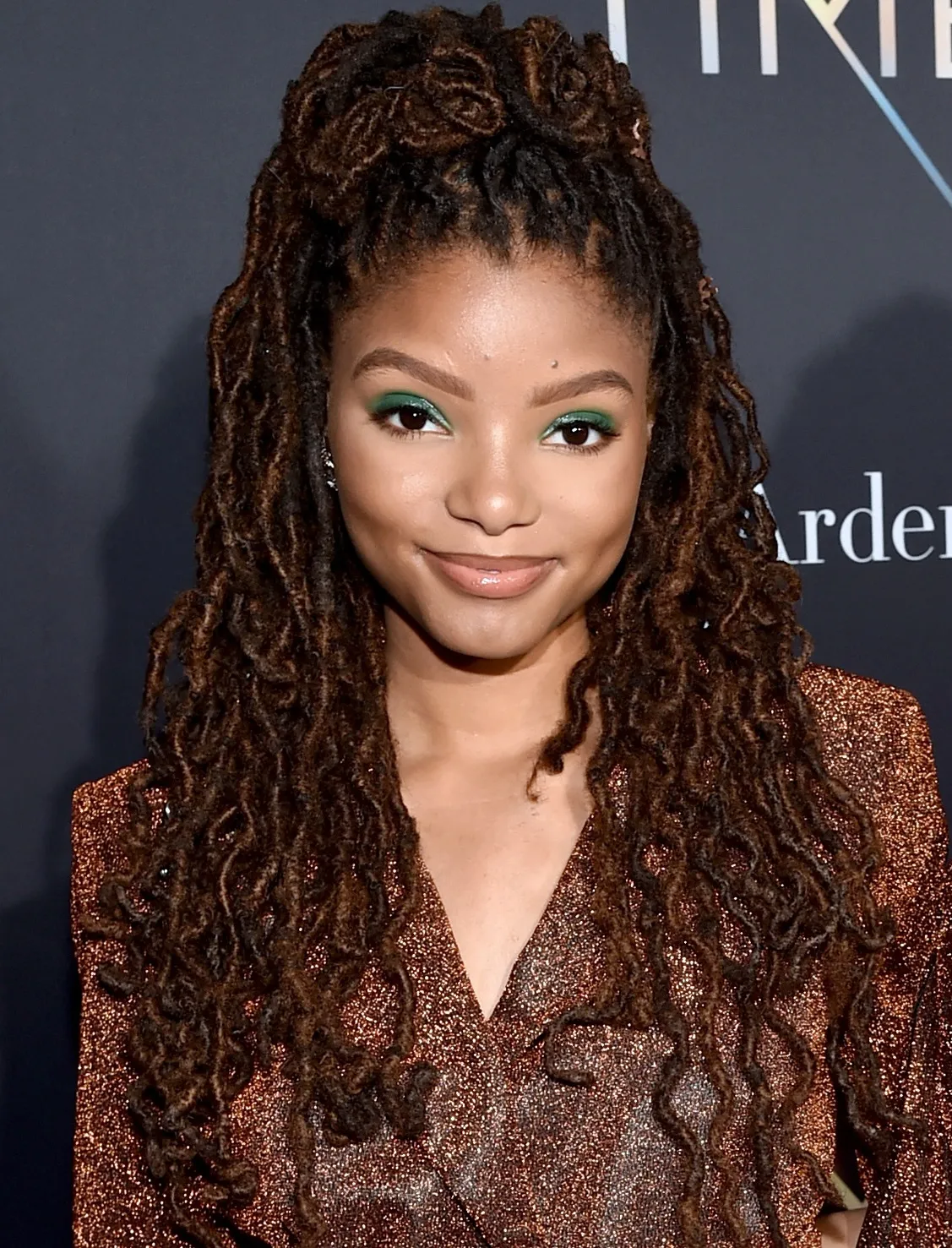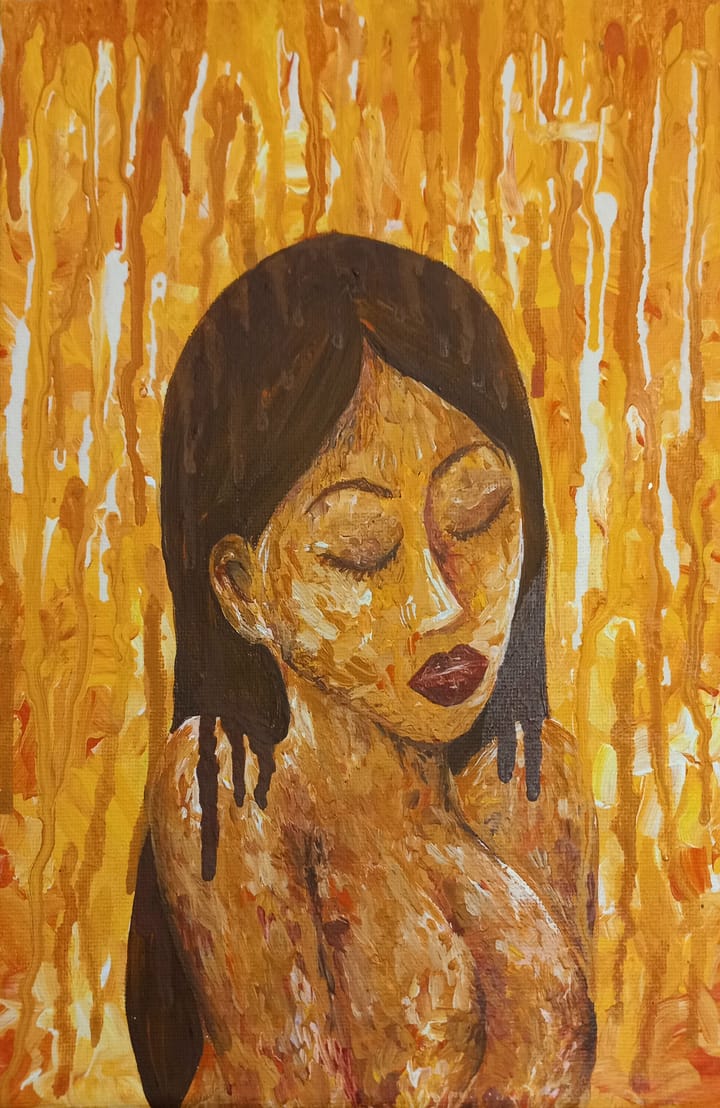An Analysis of the Criticism of Halle Bailey’s Casting as Ariel
Disney’s newest live-action remake, “The Little Mermaid,” starring Halle Bailey, released its first trailer last month to mixed reactions. Mackenzie Dunson ’25 breaks down the racist criticisms against Bailey’s casting and emphasizes the importance of Black representation.

On Sept. 9, Disney released the highly anticipated trailer for “The Little Mermaid.” Fans were thrilled about the live-action adaptation of the childhood favorite. Despite this excitement, there are some fans who disapprove of the casting of Halle Bailey, a black actress, as Ariel, who is white in the original film. This controversy began with the original announcement of the film; however, the release of the trailer reignited the criticism. Bailey’s Ariel will not be Disney’s first black protagonist, though: Tiana from “The Princess and the Frog,” Joe Gardner from “Soul,” and the protagonist of the cartoon “Doc McStuffins” have all preceded the live-action film. This representation is far from equitable, however: since the release of Disney’s first animated feature film, “Snow White and the Seven Dwarves,” 59 other movies have been released, only 11 of which have featured non-white main characters.
Critics have made an array of claims against Bailey’s portrayal of Ariel. One of the most popular of these is that she does not look like the cartoon Ariel, who has fiery red hair, pale skin, and blue eyes. On these grounds, critics argue that Bailey cannot do justice to the original film because, as a black woman, she does not have these features. They also say that Disney is diverging from their established trend of casting actors to play live-action princesses who look similar to the original cartoons.
These critics’ claims that Bailey is unfit to play the role of Ariel because of her race are illogical. However, mermaids are fictional creatures, not humans. Therefore, their race is not crucial to their character, and the idea that they would be white, or of any particular human race, is irrational. For me, this illuminates the fact that when considering characters, a white visage is automatically the default, even when the presence of whiteness in the situation, plot, or setting is not logical.
Additionally, the new cast of “The Little Mermaid” includes numerous other people of color playing some of the previously white characters in the film: Simone Ashley, the stunning lead of the Netflix drama “Bridgerton” and recurring character in “Sex Education” and Noma Dumezwni, a two-time Laurence Olivier Award winner for her roles in “A Raisin in the Sun” and the West End production of “Harry Potter and the Cursed Child” to name a few. However, Bailey has been the only actor to receive outright contempt from the movie’s supposed fans. Is this due to the fact that she is playing the lead role of Ariel? Perhaps some fans are more unaccepting of a black person, or another person of color, taking the lead role in a film than they would be if they simply took a supporting one.
Bailey’s portrayal of Ariel has not been the only black casting of a previously white character that has caused a stir. This has become a pattern in Hollywood: whenever a black person is cast as a previously white character, the perception is that they take the role away from a “canonically accurate” white actor. In 2014, when the musical “Annie” was readapted, the talented Quvenzhané Wallis was cast as Annie. Wallis was certainly qualified for the role, as she was the youngest person ever to be nominated for the Academy Award for Best Actress in 2013 for her film “Beasts of the Southern Wild.” She was only nine years old at the time. Despite her numerous qualifications, she still faced negative reactions from fans who claimed that Annie was supposed to be white.
A more recent example of this phenomenon is Leah Jefferies, who has been cast as Annabeth Chase in the anticipated upcoming Disney+ series, “Percy Jackson and the Olympians,” adapted from the popular young adult series of the same name. She received hate, unlike her colleagues, because Annabeth was described to be white and blonde in the book series. Some fans believed that Annabeth’s race and appearance were central to her character and thus would not accept Jefferies as a casting choice. This sentiment is repeated with Bailey’s announcement as Ariel despite the fact that she too, with her long history with Disney, as well as her very successful place in the music industry in her duo Chloe x Halle, is very well-qualified for the role. If Quvenzhané Wallis, Leah Jeffries, and Halle Bailey were all qualified for their roles, then why is there such hostile public discourse to their castings?
When white actors play roles meant for people of color, on the other hand, the (usually white) public reaction is not nearly as negative. One of the most recognizable examples of this was Liam Neeson’s portrayal of Ra’s Al Ghul in Christopher Nolan’s “Dark Knight” trilogy. Neeson’s depiction of this character completely erased his background, as Ghul is canonically Middle Eastern. This is also particularly concerning because Ra’s Al Ghul’s ethnicity is central to his character and the role he takes within the context of Batman. However, Nolan neglected this by casting Neeson and overlooking the qualified Middle Eastern actors who could have easily taken on the role. This example is particularly hypocritical in light of the criticism of Bailey’s casting because of a belief that her race would render her portrayal of Ariel inaccurate, when Neeson himself disrespects the canonic accurate ethnicity of Ghul’s character.
Based on the threads I have seen on Twitter and Tiktok, there have been a large number of black children who are overjoyed by the fact that their new Ariel looks like them. Considering the way that film has historically portrayed black characters with violent and rebellious stereotypes, and that Disney has followed this trend with the plethora of sassy best friends in many of their television series, Bailey’s casting seems to be a step in the right direction. The critics who berate Bailey’s casting overlook one major positive: black children will be able to see themselves presented in a non-stereotypical way, something that was not available to me as a kid. I grew up only seeing myself presented within these dehumanizing stereotypes. Of course, Bailey’s casting is only the first step towards rectifying this issue of representation, and I hope it will become the norm within Disney and other companies targeting young audiences. While the racist and hypocritical criticism of Bailey’s casting is a potent reminder of the problematic lack of black representation in the film industry, Bailey’s role in the film will have a positive impact on children of color for generations to come. Young black children will see themselves represented on screen, and in true Disney sentiment, will believe that they can be anything they put their minds to.





Comments ()